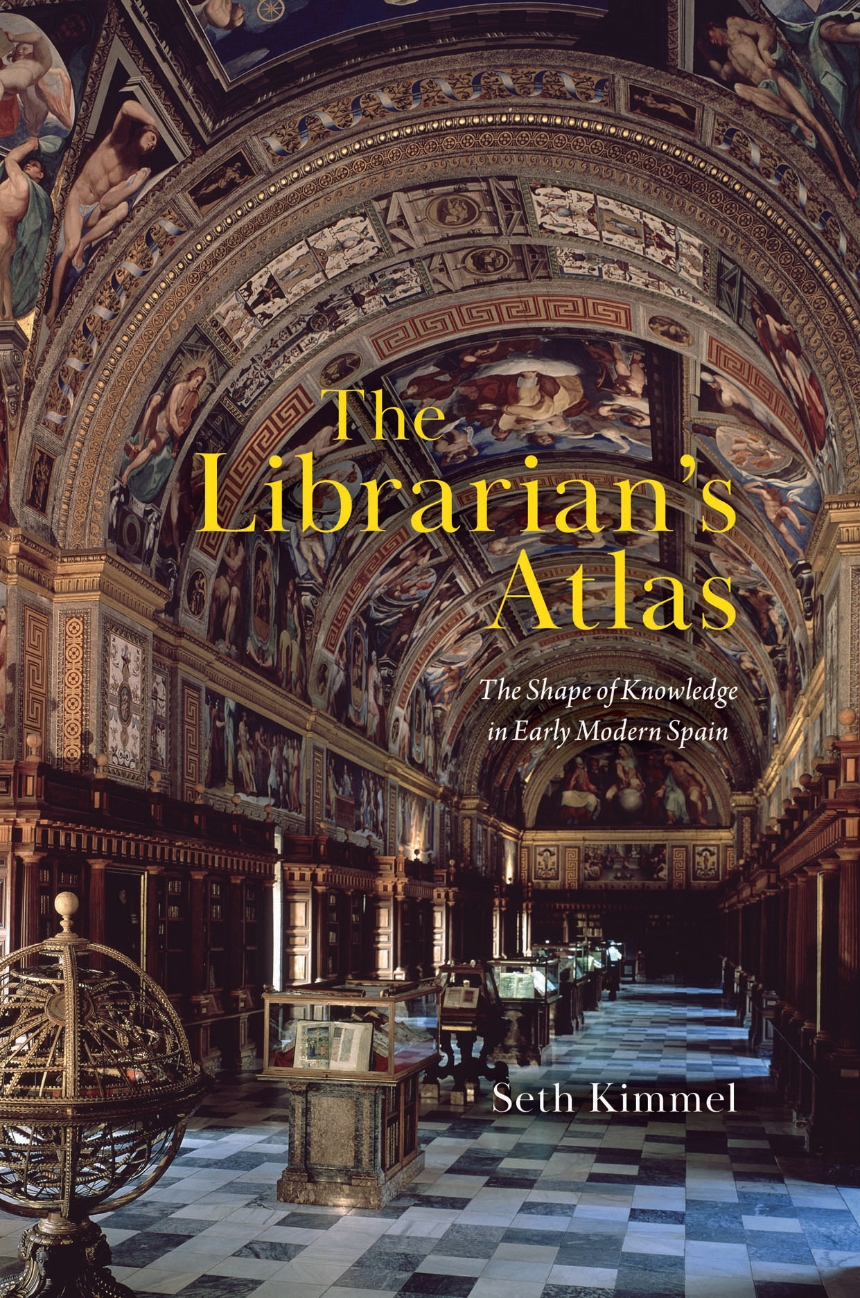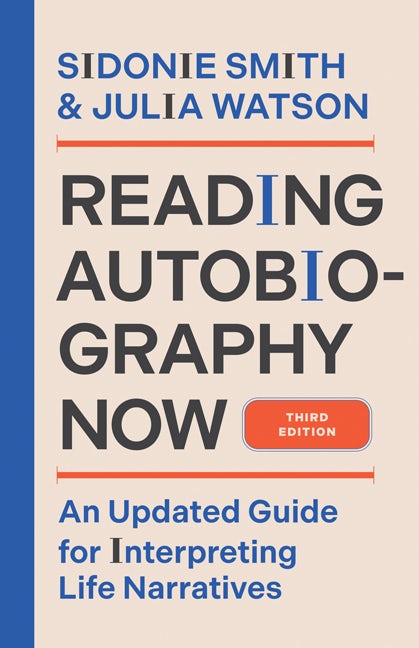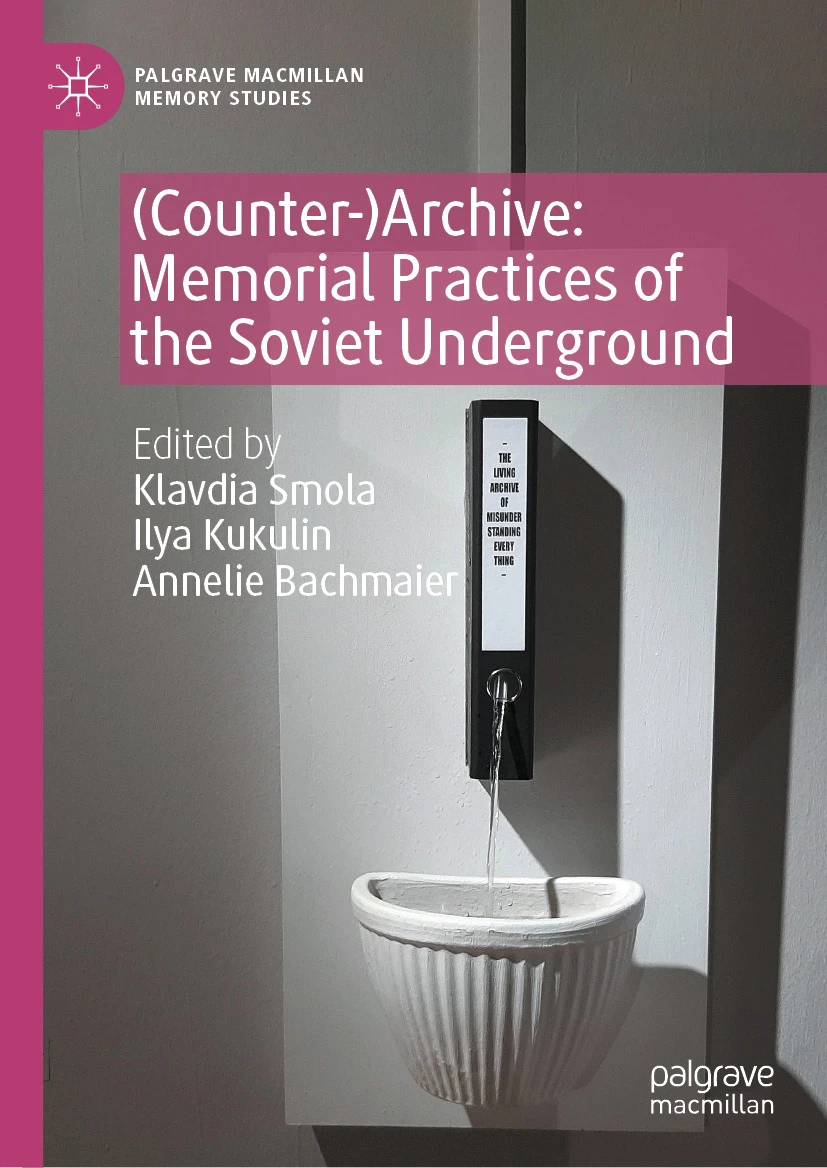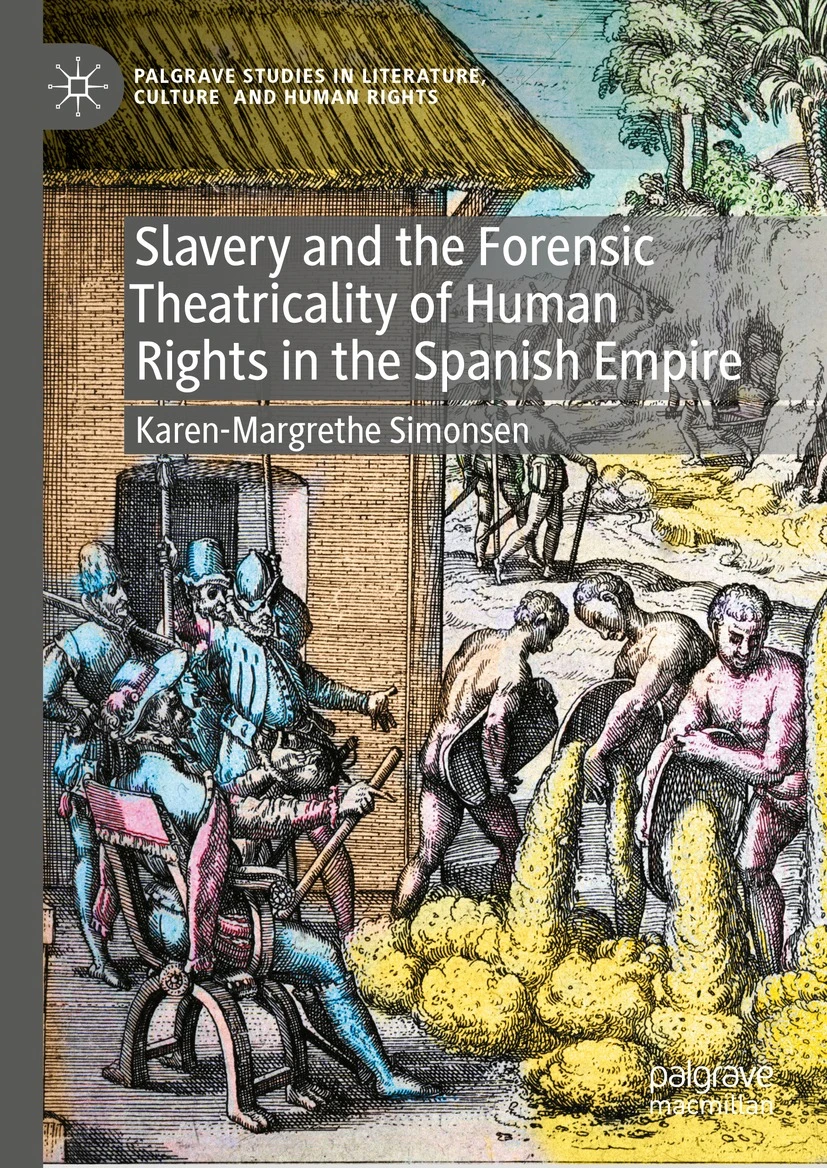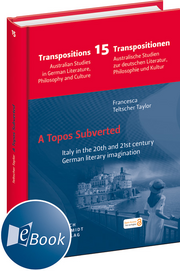Im New Books Network Podcast in der Reihe „New Books in Early Modern History“ sprach Seth Kimmel im Oktober 2024 über seine Forschung zu einem besonderen Aspekt der Bibliotheksgeschichte:
In The Librarian’s Atlas: The Shape of Knowledge in Early Modern Spain (U Chicago Press, 2024) Seth Kimmel explores the material history of libraries to challenge debates about the practice and politics of information management in early modern Europe. Ancient bibliographers and medieval scholastics, Kimmel reminds us, imagined the library as a microcosm of the world, but for early modern scholars, the world was likewise a projection of the library. This notion, at first glance, may seem counterintuitive, especially as reports from late fifteenth- and sixteenth-century explorers in the New World slowly refined-but also destabilized-the Old World’s cosmographic and historical consensus.
Yet the mapping and ethnographic projects commissioned by early modern rulers, like Spain’s Charles V and Philip I, anxious to comprehend and inventory their far-flung territorial possessions in the Americas, nevertheless relied heavily on methods of information management honed in the library. Kimmel focuses on the period that marked the birth of both print and transatlantic exploration. Through close readings of a wide array of materials-library catalogues, marginal glosses, book indexes, biblical commentaries, dictionaries and thesauruses, natural histories, and maps-Kimmel shows how the book-lover’s dream of total knowledge in an era of „too much information“ helped to shape the early modern period’s expanded sense of the world itself. The book should find its audience among scholars of early modern European history, specialists in the early modern cultures of the Mediterranean and Iberia, and a range of students interested in the history of the book and of maps.
Sollte das Buch für Ihr Studium oder Ihre Lehre und Forschung interessant sein, schicken Sie uns gerne einen Anschaffungsvorschlag!

